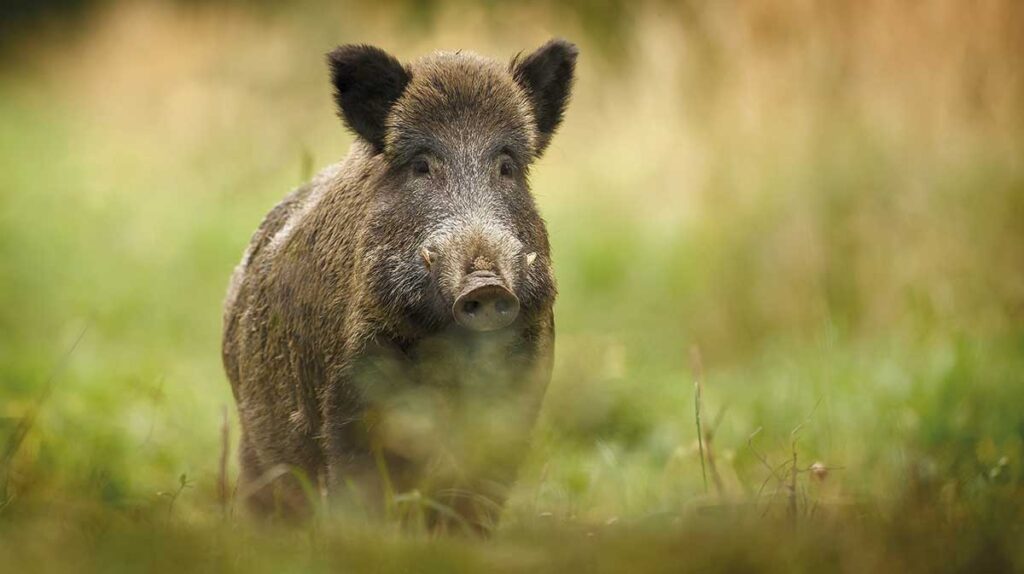An outbreak of African swine fever (ASF) in wild boar in a brand new part of Germany has been linked to an outbreak in the Italian region of Calabria.
On June 14, the Friedrich Loeffler Institute (FLI) confirmed a case of ASF on a dead wild boar found in the Olpe district, in North Rhine-Westphalia, in the west of the country. This represented yet another long-distance movement of the virus in Germany.
Further cases in wild boar have since been confirmed, as an ASF monitoring programme for wild boars was launched, alongside other control measures.
The virus was originally found in Germany in Brandenburg and Saxony, near the Polish border in the east in September 2020, and has since jumped long distances to other central and western regions, including Hesse, Rhineland-Palatinate and Baden-Württemberg.
As part of the virological investigation into the outbreak, the FLI determined the complete genome sequence of blood and tissue samples taken from wild boars.
A direct comparison with ASF viruses that have previously been sequenced in Germany shows that the North Rhine-Westphalian variant differs significantly from the West German variants previously identified in Hesse, Rhineland-Palatinate and Baden-Württemberg, as well as the variants from the eastern federal states of Saxony, Brandenburg and Mecklenburg-Western Pomerania.
But an international comparison with published genome data reveals a high degree of similarity with ASF viruses from the Italian region of Calabria. These Italian variants exhibit specific changes that have also been found in the new North Rhine-Westphalian variant and distinguish it clearly from other previously known ASF viruses.
ASF was first discovered in wild boar in Calabria in May 2023. In January, the Regional Council of Calabria approved an ‘extraordinary five-year regional plan for the management and containment of the wild boar’, to protect ‘compromised agricultural production’, safeguard biodiversity and combat the spread of ASF. The plan includes selective control of the population through trap capture, targeted culling and other innovative techniques, Caccia Passione reports.




